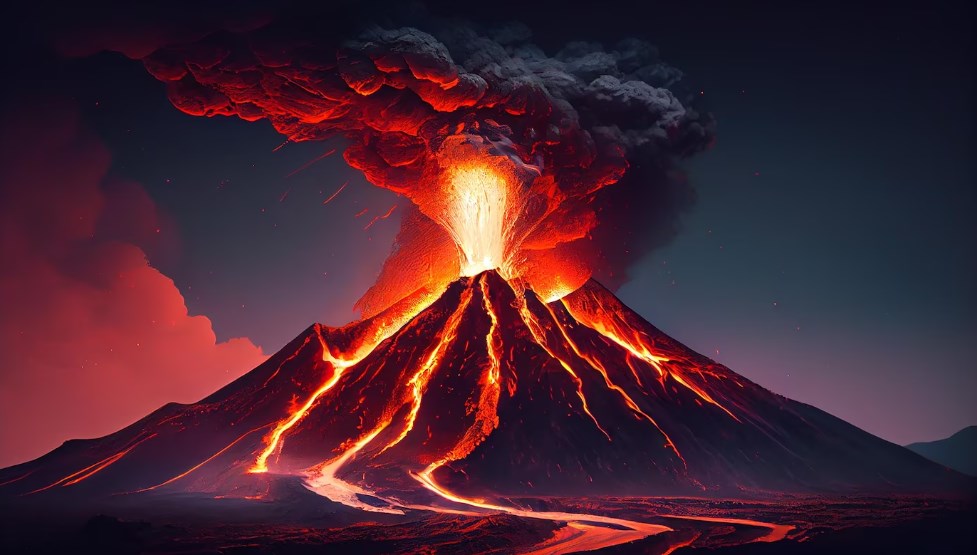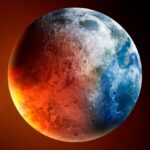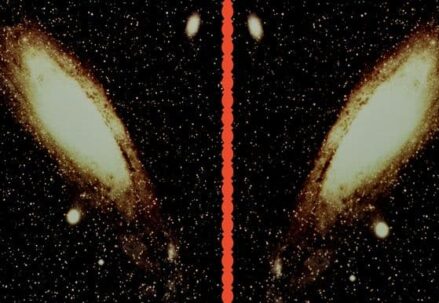The Ring of Fire, encircling the Pacific Ocean, is notorious for its intense seismic and volcanic activity. This article offers an in-depth exploration of the factors that contribute to its danger, examining its tectonic interactions, geographical features, and the implications for surrounding regions.
We unravel the mysteries behind this seismic hotspot, providing a detailed analysis of its formation, impact, and ongoing significance in shaping Earth’s geology.
The Origin of the Ring of Fire
The Ring of Fire, an immense 40,200 km (25,000 miles) loop of seismic activity, encompasses a series of earthquakes, volcanoes, and geological transformations that have been both destructive and formative. At its depths lies the Mariana Trench, stretching over 11 km below sea level.
This seismic belt’s earthquakes arise from the lateral movement of tectonic plates, generating significant tension. Subduction zones, where one plate slips beneath another, are hotspots for creating mountains, trenches, and volcanic activity, as subducted rock melts into magma.
The Tectonic Activity
The Earth’s lithospheric plates, floating atop a layer of semi-fluid magma, contribute to the Ring of Fire’s volatility. This region, where multiple plates converge, exemplifies tectonic interactions. In the Americas, the Cocos and Nazca Plates sink beneath the South American Plate, with the Cocos Plate also undergoing subduction by the Caribbean Plate.
The North American Plate overruns the Pacific Plate, which is further subducted near Japan. In southwest Asia, a mosaic of smaller plates collides and interacts with the Pacific Plate, contributing to 90% of the world’s earthquakes and reshaping regional geology.
<iframe width=”560″ height=”315″ src=”https://www.youtube.com/embed/m7XZzg7Tzio?si=A7b78BD3crsWA3WJ” title=”YouTube video player” frameborder=”0″ allow=”accelerometer; autoplay; clipboard-write; encrypted-media; gyroscope; picture-in-picture; web-share” allowfullscreen></iframe>
Geography of the Region
South America
The Andes and their volcanic belt owe their existence to the subduction of the Nazca and Antarctic Plates under the South American Plate. This region features:
- The Northern Volcanic Zone, spanning Colombia to Ecuador;
- The Central Volcanic Zone through Peru and Chile;
- The Southern Volcanic Zone in central Chile;
- The Austral Volcanic Zone in Patagonia.
Geothermal phenomena like hot springs and geysers, potential clean energy sources, abound here.
North America
This section extends through the American Cordillera, with the Trans-Mexican Volcanic Belt and the Cascadia subduction zone hosting major volcanoes and high-magnitude earthquakes. Alaska and Canadian regions like British Columbia exhibit unique volcanic forms like tuyas.
Asia
In Japan, the subduction of the Pacific and Philippine Sea Plates results in about 10% of the world’s volcanoes and frequent earthquakes. Indonesia and the Philippines are known for their active volcanoes and natural disasters, while Russia’s Kamchatka Peninsula hosts 160 volcanoes, 29 of them active.
Oceania, and Antarctica
New Zealand’s North Island is characterized by active volcanoes and frequent earthquakes due to the Indo-Australian and Pacific plates’ interaction. Antarctica’s volcanic activity is influenced by the Antarctic Plate’s interactions.
Major Observations within the Ring of Fire
First identified in the 19th century, the Ring of Fire is now known as the most tectonically active region globally. It hosts 81% of the world’s major earthquakes and 22 of the 25 largest eruptions in recent history. The San Andreas Fault in California and the Queen Charlotte Fault in British Columbia are notable sites for seismic activity.
Environmental and Human Impact
The Ring of Fire’s seismic activities have profound environmental and human impacts, including:
- Displacement of communities due to volcanic eruptions and earthquakes;
- Alteration of landscapes and ecosystems from geological transformations;
- Challenges in urban planning and infrastructure in high-risk zones;
- Potential for harnessing geothermal energy as a renewable resource.
Future Predictions and Monitoring
Predicting future seismic events in the Ring of Fire remains a key focus for scientists. Advanced monitoring systems and geological studies aim to understand seismic patterns better. This research parallels the intrigue of exploring the universe’s mysteries, including the study of the weirdest exoplanets, which presents its own set of unique challenges and discoveries.
Conclusion
The Ring of Fire is a complex and dynamic region with far-reaching impacts on our planet’s geology, ecosystems, and human societies. From the formation of the Andes to the volcanic activity in Alaska, this article has explored various aspects of the Ring of Fire, shedding light on its dangers, beauty, and scientific significance.
Understanding this seismic belt not only helps mitigate natural disasters but also opens doors to harnessing its energy potential, reminding us of our planet’s ever-changing nature.




